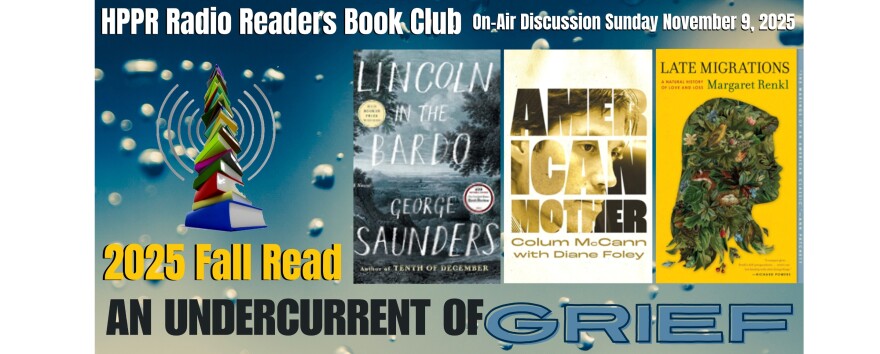I’m Raylene Hinz-Penner from North Newton, KS, retired professor of English and author of East of Liberal: Notes on the Land, published last year. I’m planning to be in Liberal at the Coronado Museum talking about that book on Sunday afternoon, February 25. I’d love to see you there. Today I want to talk about Lucas Bessire’s Running Out: In Search of Water on the High Plains written about his home area northwest of Liberal; Bessire’s Little Rock House on Wagonbed Springs is located between Ulysses and Hugoton.
Running Out documents how the Ogallala Aquifer water table under Bessire’s family land has dropped more than 200 feet since 1958 when monitoring began. An associate professor of anthropology at the University of Oklahoma, researcher, writer, and the great grandson of the man who helped to start deep well irrigation in the area in the 1940’s, Bessire’s driving curiosity leads him deep into the complexities of what happened to so deplete the Ogallala. Bold, undaunted, Bessire takes a reader deep into water issues in under 200 pages and 50 pages of bibliography only to find there are no easy answers. Reading his at times personal, at times political, always sensible and empathetic, even humble explorations is incredibly engaging. He believes he is investigating an issue, finds he is learning to know his own family, and himself.
In a chapter titled “Bones” --buffalo bones, Bessire uses the well-known story of the extermination of the sacred plains animal to make a fresh point: settler attitudes toward natural resources which led to the extinction of the buffalo on the plains presage what will happen to the water. Use it up and then figure out what to do next has been the mindset that settled the plains.
This doesn’t sound like a book in which characters would figure prominently, but they do: Bessire’s father, uncles, grandfather. My favorite is Fern, Bessire’s strong-willed, independent grandmother, daughter of the infamous land baron irrigator great grandfather, an aspiring writer and keeper of notes about the land, stuck on the isolated ranch against her will, prone to nervous breakdowns, obsessed, Bessire notes, with “traces of the past.”
She had shown Bessire the landmarks when he was a child, Wagonbed Springs, the Santa Fe Trail ruts, founded the town’s museum. Her files give him entrée into the past; she knew very well she was leaving them for him; thus, he finds himself destined to pick up her work and write Running Out. Bessire believes that Fern could see what was happening to the water, was declared insane when she stood up in church to call the parishioners hypocrites. Uncovering her haunting story, Bessire gathers together the irrigation’s drying of Wagonbed Spring, Fern’s institutionalization and her subsequent need to make a monument to the Springs to link Fern, the buffalo, Indigenous attitudes toward the land and water use, a deep mysticism that drives Bessire. He admits that her search seeps into his own, and perhaps also her guilt.
As he says in the Afterword, “Aquifers insist on a kind of overarching interdependence . . . pushing those who reside on depleted lands to acknowledge a common, species-level fate and turn its imperatives against the forces that seek to pit us against one another . . .”
That wisdom is at the heart of this warm and readable book, beautifully written. Here’s the book’s ending: “I thought about the things that couldn’t be undone and those that I still had time to do. I watched them, the living among the dead, over the sands of a vanished river in a place haunted by waters where I never thought I might find another chance.”










